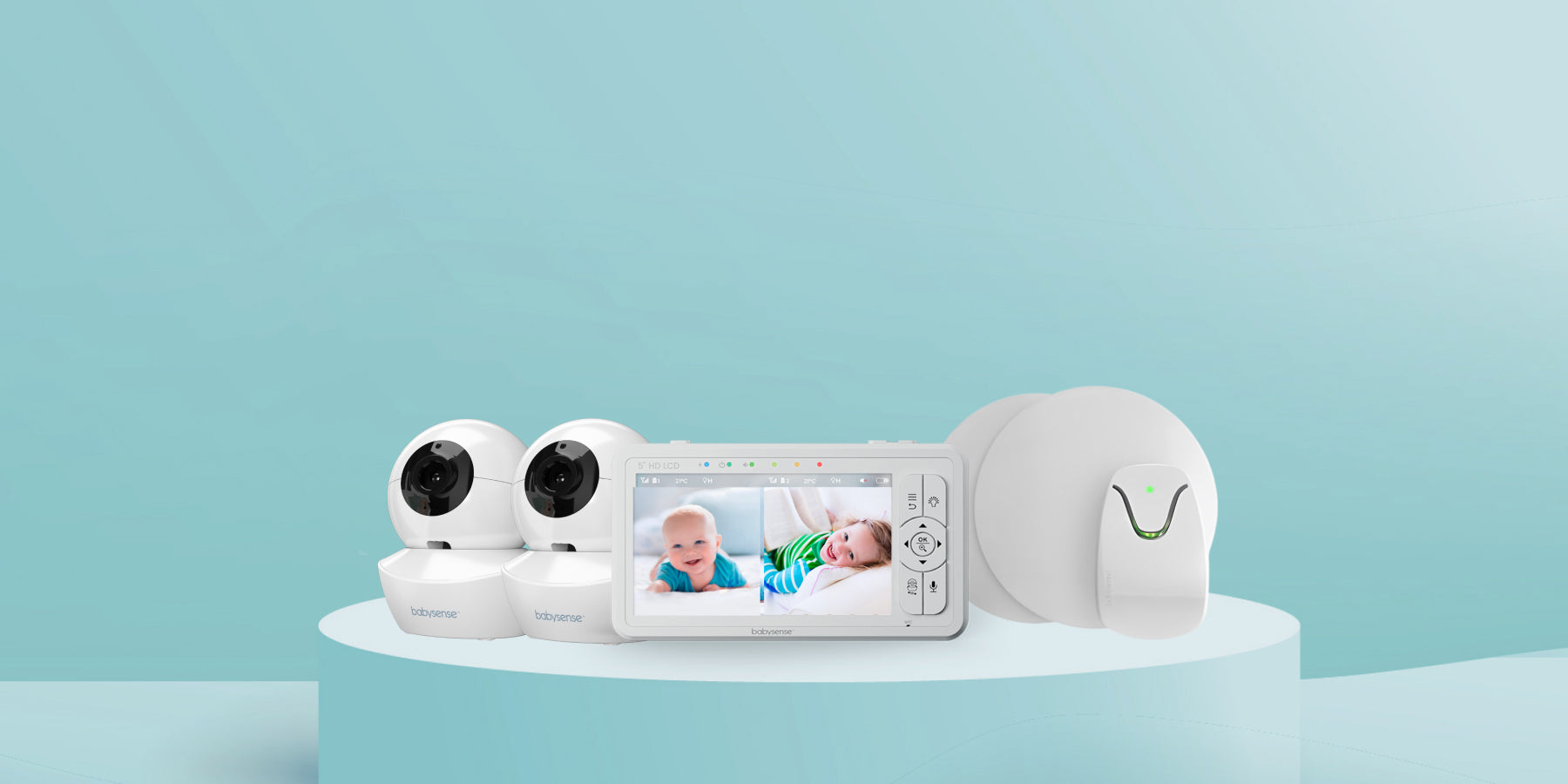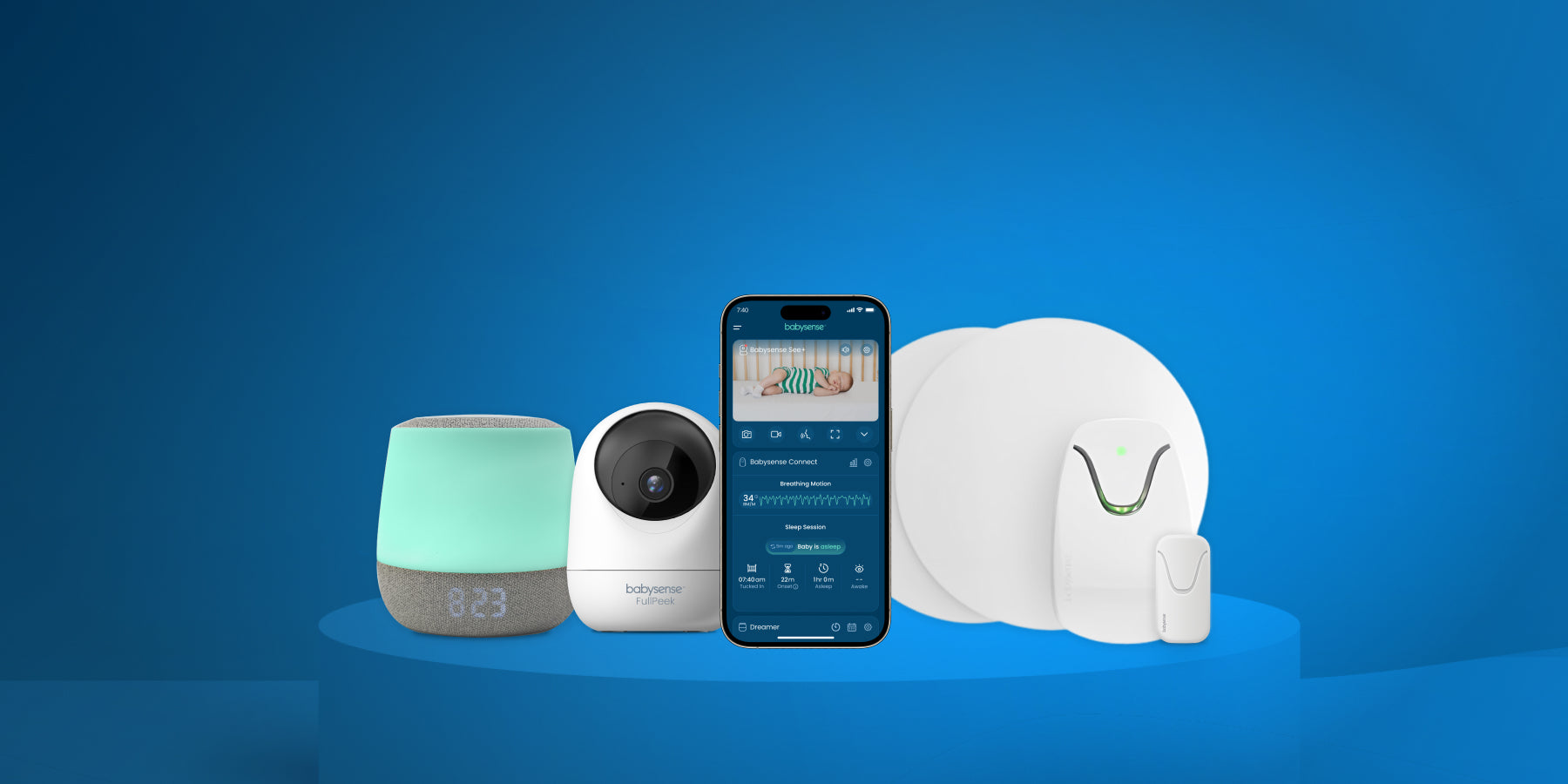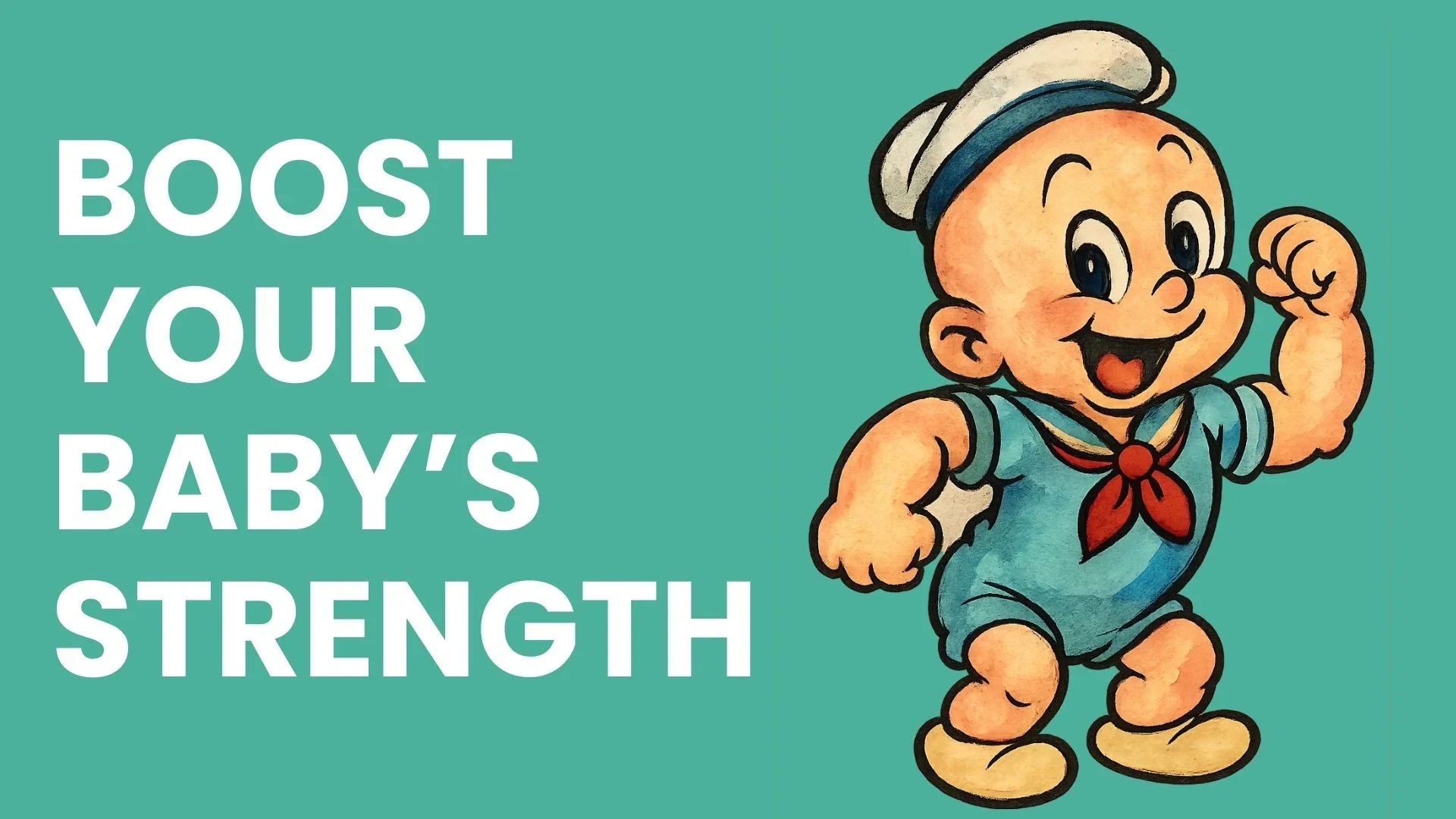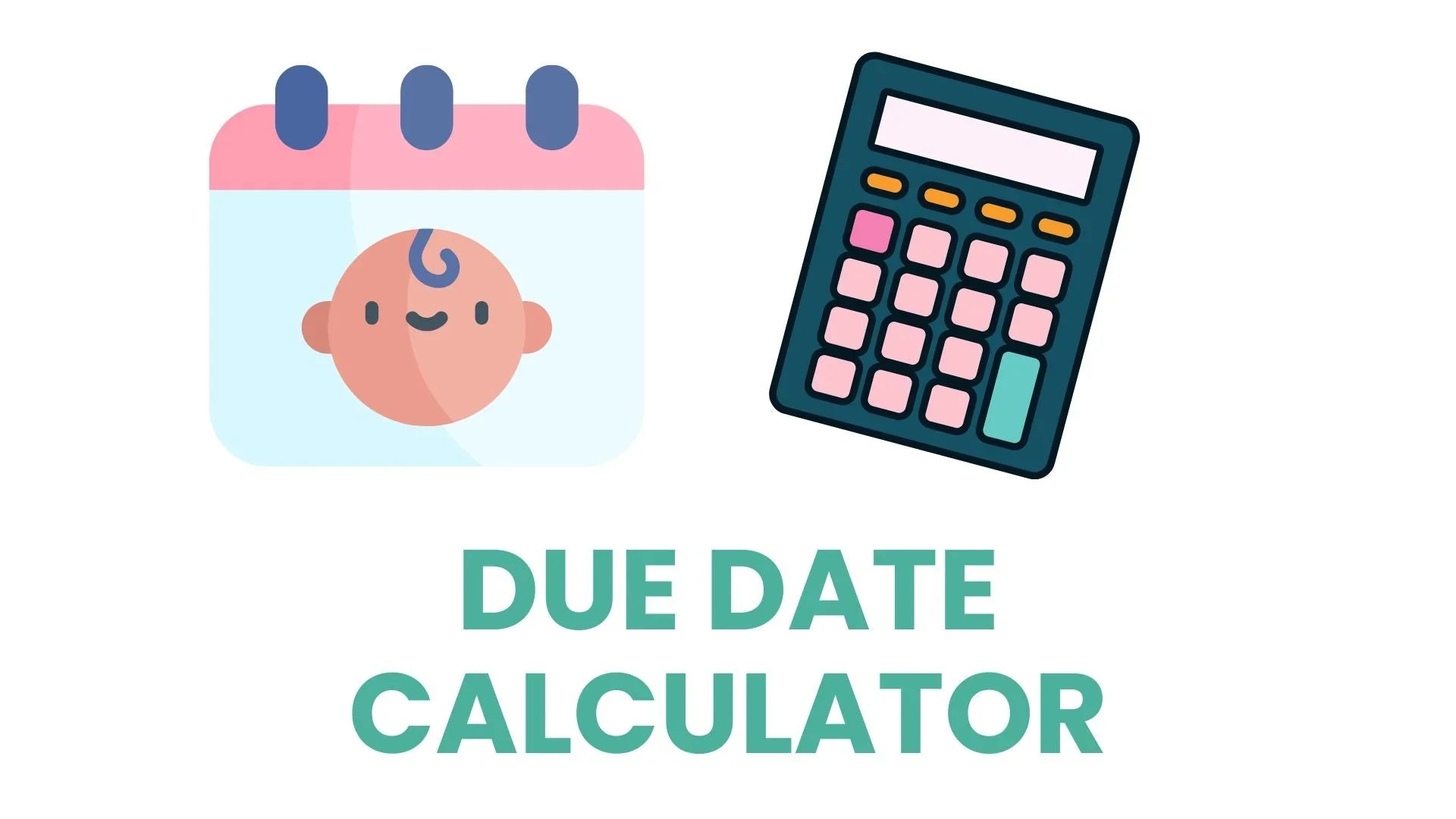1. Hand Preference in Infancy: Reality Check
Most healthy infants use both hands interchangeably for the first 12–18 months. The American Academy of Pediatrics stresses that consistent one-hand use in the first 3 months is a red flag, not evidence of gifted left-handedness. AAP movement milestones
West Yorkshire NHS clinicians echo this, noting that children “should not become obviously right or left-handed until they are older than 18 months.” NHS hand-skills guidance
Key takeaway: If your 6-month-old favors one hand 100 % of the time, don’t celebrate—call your pediatrician.
2. Subtle Clues Your Toddler Might Turn Out Left-Handed
| Age range | Behaviours that may hint left-handedness | When to ignore it |
|---|---|---|
| 15–18 mo | Reaching for spoons or crayons with left more than 65 % of the time | Still early—track but don’t label |
| 18–24 mo | Left hand stabilises paper while right does little | Normal experimentation |
| 2–3 yrs | Left leads in stacking blocks, self-feeding, early scribbles | If both hands rotate tasks, dominance isn’t set |
Children often “test-drive” skills. Look for consistency across tasks (feeding, brushing teeth, throwing) for several weeks before declaring dominance.
3. How Common Are Little Lefties?
Roughly 10 % of humans end up left-handed—an evolutionary minority, but hardly an anomaly. American Psychological Association overview
4. The Genetics & Brain Science (2024 Update)
Left-handedness isn’t a single “black-sheep” gene. It’s polygenic and partly random. UK-Biobank research published in Nature (2024) pinpointed embryonic cell proteins (tubulins) that tilt brain wiring toward left-hand use. Protein-in-embryo study
Complementary findings the same year revealed rare variants in gene TUBB4B—present in <1 % of people, yet 2.7 × more common in lefties. Smithsonian recap
- You can’t “train” a baby to be right-handed without risking fine-motor delays.
- Random variation matters. Lefties pop up in right-handed families and vice versa.
5. When to Relax vs. When to Ring the Doc
| Age | Normal | See a professional if… |
|---|---|---|
| 0–6 mo | Uses both arms, random grabs | Always clenches one fist, never reaches with the other |
| 6–12 mo | Swaps toys between hands | Never transfers objects or bears weight on one side |
| 12–18 mo | Prefers a hand some days | Refuses to use one side; persistent weakness or stiffness |
Asymmetry matters more than dominance. Early physiotherapy can correct muscle or neurological issues.
6. Practical Tips to Support a Budding Leftie
- Tool positioning: Place bowls and art supplies slightly left of centre.
- Writing setup (age 3-4+): Tilt the page clockwise 20–30°, keep the elbow free, and seat them left-of right-handed peers.
- Scissors & utensils: Buy genuine left-handed versions to prevent awkward wrist angles.
- Model ambidexterity: Demonstrate tasks with both hands so kids don’t feel “different.”
- Digital life: Configure stylus pens and mouse settings for left-handed use.
- Positive language: Drop “awkward” or “clumsy” labels—they’re perceptual, not factual.
7. Frequently Asked Questions
Q: Can ultrasound predict handedness?
A: Some fetuses favour one thumb in-utero, but the correlation is weak. Research is ongoing—don’t base parenting decisions on it.
Q: Will being left-handed hurt my child’s academic performance?
A: Only if classrooms ignore ergonomics. With proper seating, writing tools and patience, left-handed kids match or outperform peers.
Q: Does left-handedness link to creativity or IQ?
A: Evidence is thin and inconsistent. Celebrate your child’s actual talents; ignore folklore.
Bottom Line
You likely won’t know for sure your baby is a leftie until well into the toddler years—and that’s normal. Until 18 months, focus on balanced motor play and watch for genuine asymmetry problems. After that, embrace whichever hand your child chooses. With early observation and right-sized tools, your little southpaw can scribble, code and pitch baseballs as effortlessly as any right-handed peer—maybe better.





